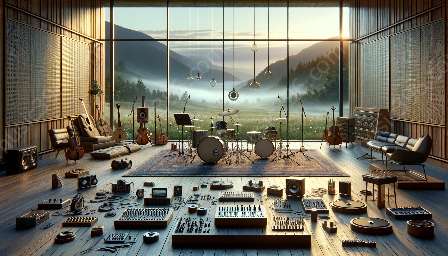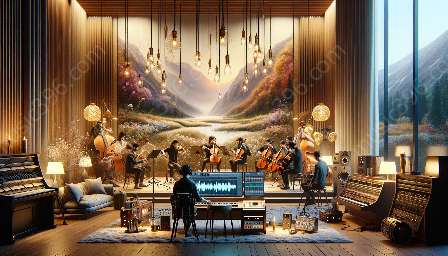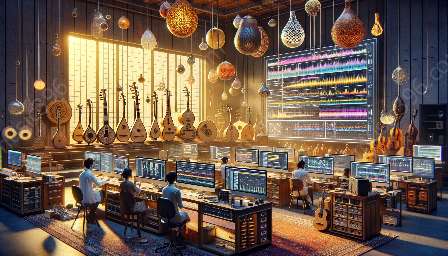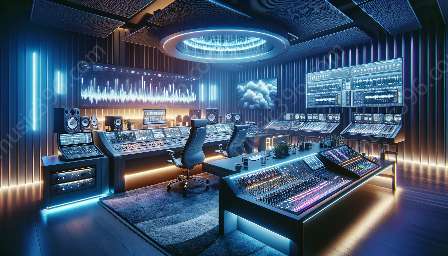Contemporary music genres are rich with diverse textures that shape the sonic landscape, from the intricate and densely layered to the minimalistic and atmospheric. Understanding these textures through musical texture analysis and music analysis allows for a deeper appreciation of the complexity and innovation within modern music.
Understanding Musical Texture
Musical texture is the interplay of different musical elements, such as melody, harmony, and rhythm, that create the overall fabric of a piece of music. In contemporary music, the exploration and manipulation of texture have become central to the evolution of genres and the creation of unique sonic experiences.
Layered and Complex Textures
Many contemporary music genres, such as progressive rock, jazz fusion, and electronic music, are known for their intricate and densely layered textures. These textures often result from the use of multiple instrumental tracks, complex harmonies, and intricate rhythmic patterns. The result is a rich and immersive sonic environment that rewards attentive listening and analysis.
Minimalistic and Atmospheric Textures
Contrastingly, genres like ambient music, minimalism, and post-rock often explore minimalistic and atmospheric textures. These textures prioritize space, subtlety, and sonic textures, creating ethereal and introspective soundscapes that evoke emotions and images without overwhelming the listener.
Musical Texture Analysis
Engaging in musical texture analysis involves dissecting the various layers and elements present in a piece of music to understand how they contribute to the overall texture. This analysis often involves examining the instrumentation, arrangement, production techniques, and how they interact to create a specific sonic experience.
Instrumentation and Arrangement
The choice of instruments and how they are arranged play a crucial role in determining the texture of a piece of music. For example, a dense and complex texture may result from a combination of electric guitars, synthesizers, and intricate drum patterns, while a minimalistic texture may be achieved through the use of sparse instrumentation and strategic placement of sonic elements.
Production Techniques
Modern production techniques, such as layering, sound design, and manipulation of spatial effects, also heavily influence the texture of contemporary music. Producers and sound engineers often experiment with these techniques to shape the sonic characteristics of a piece and create textures that are innovative and boundary-pushing.
Music Analysis
Music analysis delves deeper into the structural and expressive elements of music, providing a holistic understanding of how different components interact to create a cohesive musical experience. Through music analysis, we can appreciate the nuances and complexities of contemporary music textures and their impact on the overall sonic landscape.
Harmonic and Melodic Structures
Examining the harmonic and melodic structures in contemporary music allows for a more nuanced understanding of texture. From lush and dense harmonies to simple and repetitive melodic motifs, the interplay of these elements contributes significantly to the overall texture and emotional impact of a piece of music.
Rhythmic Complexity and Variance
Rhythm plays a pivotal role in shaping the texture of music, particularly in genres known for their intricate rhythmic patterns and variance. Understanding the rhythmic complexities and variations within contemporary music genres sheds light on how texture is built through the interlocking and contrasting rhythmic components.
Conclusion
Exploring textures in contemporary music genres is a fascinating journey that unveils the creativity and innovation of today's musical landscape. Through musical texture analysis and music analysis, we can unravel the intricacies of layered and complex textures as well as appreciate the beauty of minimalistic and atmospheric sonic experiences. By delving into the diverse textures present in modern music, we can cultivate a deeper appreciation for the artistry and inventiveness that continue to shape the evolution of contemporary music.

































